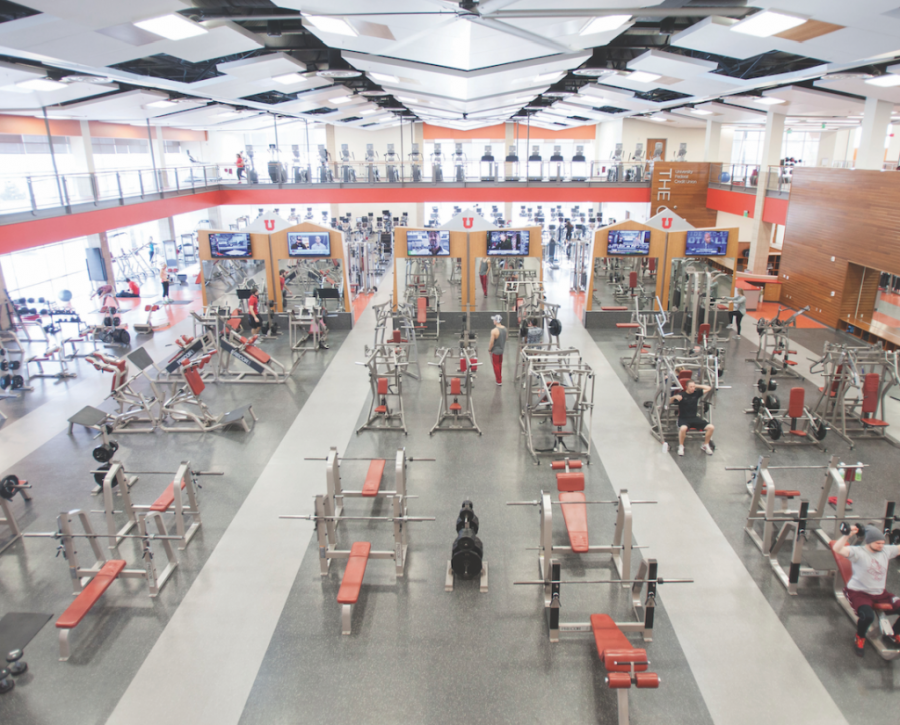I highly doubt there is any student in America who has not been “dress coded.” For those who don’t know, a dress code is a set of rules, especially in K-12 schools, that outline what a person is allowed to wear. Some of the most common dress codes include no hems more than two inches above the knee, no beanies, no rolled up pant legs or anything else that could be perceived as gang-related style, no religious symbols, no shirts that show shoulders.
The main reason for this, according to administrators, is so students don’t get distracted. After talking to people in my classes, we’ve come to the conclusion that dress code violations are only distracting when teachers call students out. Hats don’t distract me, but what is distracting is watching a teacher slowly and menacingly approach a friend wearing a beanie.
The earliest I remember being dress coded is in fifth grade. It was hot and my mom gave me a hand-me-down shirt and it didn’t completely cover my shoulders. I recall the rule being “four fingers,” as in our sleeves had to be the four fingers in width. My shirt did adhere to this rule, and I felt happy and confident as I walked into class. My day was quickly ruined when the teacher stopped me before I got to my desk and asked if I could cover up with a jacket.
“But I don’t have a jacket, it’s hot outside,” I replied.
“Well then you’ll have to go to the office and call your parents to bring you a new shirt or I’ll have to send you home,” my teacher said.
As a stickler for perfect attendance, I wasn’t about to miss a whole day of school, so I marched back to the front of the school and called my dad. I might as well have missed that day because I don’t remember anything else.
It is important for growing children to be allowed to dress themselves. It is a life skill that they need and it allows for creativity. “I don’t go to school to express myself, I go to school to learn,” argued a former classmate when I spoke of my disdain for the dress code. If the only reason you’re going to school is to learn then you’re wasting your money. You can learn anything at home, online or at the library. School provides opportunities to socialize and to learn more about yourself.
Students aren’t allowed to wear tank tops because they are apparently distracting to students and teachers, but you can bet money that if you walk into a unisex gym class, you will see at least one shirtless boy. If a girl tried to take off her shirt to cool off, you know she’d be suspended. That is hypocritical and sexist. If you’re concerned a teacher will become distracted from seeing a student’s knees or shoulders, then that person shouldn’t be a teacher.
In high school, I performed an experiment that only the school officer and the principal knew about. I spent a week breaking various dress codes at school to see who would notice, who would command me to adjust if they did and if my teachers behaved any differently. I had an even number of male and female teachers. I wore a bandanna for two days and slightly shorter dresses for three days. Only one teacher, who was female, told me to take off my bandana in the middle of class. My classmates were confused and class was disrupted. Not because I wore the bandana, but because I was told to remove it. Only female teachers told me to put on leggings under my dress. As for the males, not only did they not tell me to adjust my outfit, they didn’t seem to notice. They didn’t even look at me other than when I raised my hand. They didn’t behave differently, speak slower or get distracted by my exposed skin.
Do you know what one of my favorite things about the University of Utah is? There isn’t a dress code, other than at the Student Life Center. Every day I see students wear exactly what they want and they all look comfortable. I’ve seen some stunning ensembles that would have been forbidden in high school. It’s a relief that I can wear tank tops and shorts in the scorching heat, beanies in the winter and a tiara on my birthday.


